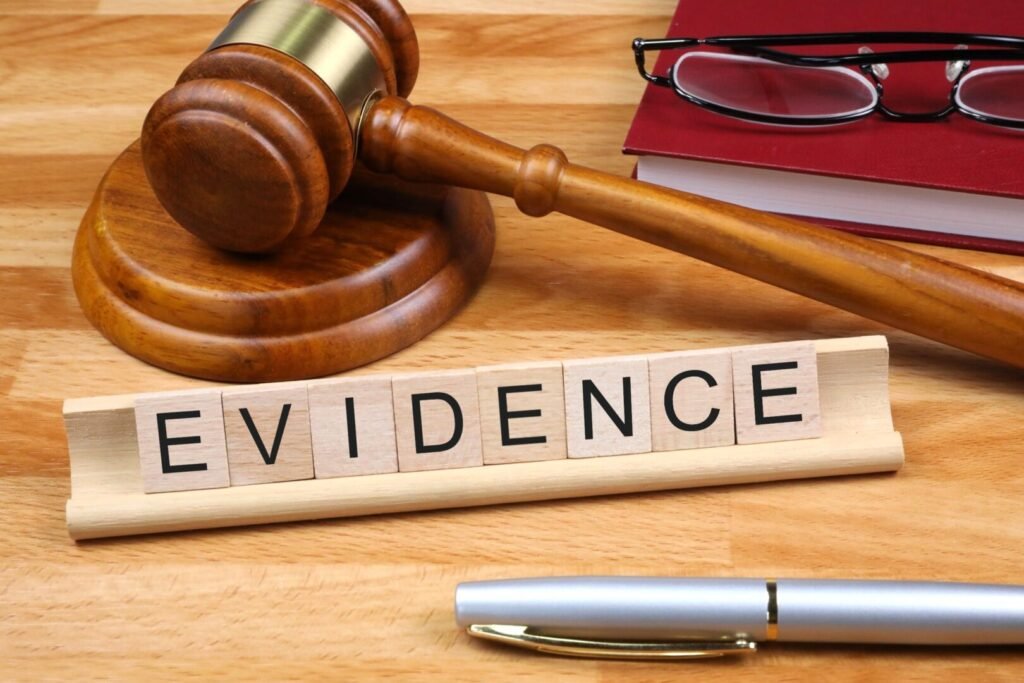Did you know there is a type of evidence that is not allowed in some court proceedings? This is because it has the ability to mislead a jury. This is called demonstrative evidence.
Are you a litigant preparing for a trial? If so, it is critical that you understand the concept of demonstrative evidence.
If you’ve found yourself wondering, “What is demonstrative evidence?”, you’ve come to the right place. Keep reading to learn the different demonstrative evidence examples, how it benefits your case, and more.
Overview of Demonstrative Evidence
Demonstrative evidence refers to visual aids or materials presented during a trial or a legal proceeding. This evidence can help explain complex information and clarify facts. They make arguments more understandable and persuasive for the judge and jury.
It can include different items such as photographs, videos, documents, etc. These types of evidence can be seen, heard, or otherwise experienced directly.
This evidence is essential for any lawsuit, and legal printing services can help. They can help to ensure that the evidence created is of the highest professional quality.
Demonstrative Evidence Examples
Demonstrative evidence is physical objects and illustrations that support and demonstrate facts in a case. Here are some common forms of demonstrative evidence:
Photographs and Videos
Pictures and videos can provide a clear visual depiction of a scene, event, or condition. They can be used to show the aftermath of an accident, document damages, or support a witness’s testimony.
Documents and Records
Presenting relevant documents, contracts, or records can strengthen your case. It can help reinforce a particular argument or highlight critical information.
Charts and Graphs
Visual representations of data or statistics can help simplify complex information. It makes it easier for the audience to grasp the key points of your case.
Models and Mock-Ups
Three-dimensional models or mock-ups can be effective in explaining intricate structures or scenarios. They are particularly useful in cases related to engineering, construction, or product defects.
How Demonstrative Evidence Benefits Your Case?
Demonstrative evidence is generally the easiest form of evidence to understand. Because it often conveys key themes in a visual format. Here’s how it can help with your case:
Clarity and Comprehension
Demonstrative evidence can simplify complex information. It makes it easier for the judge and jury to understand the key points of your case.
Increased Persuasion
Visual aids can have a more profound impact on jurors than oral arguments alone. A compelling demonstration can leave a lasting impression and sway the jury in your favor.
Memorability
People tend to remember visual information better than spoken words. Demonstrative evidence can make your case more memorable, ensuring the jury retains critical details.
Engagement
Presenting visual aids keeps the jury engaged and attentive during the trial. This reduces the risk of losing focus during lengthy proceedings.
Advantages of Having Demonstrative Evidence
Demonstrative evidence has countless advantages in any given situation. Using demonstrative evidence examples can help eliminate doubt. It helps to persuade a judge or jury in favor of your case.
Its ability to create compelling visuals can be a difference-maker in any case. Therefore, seek reliable professionals to document high-quality demonstrative evidence in your legal matter today.
Did this article help you? If so, take a look at some of our other blog posts for more informative reads.

